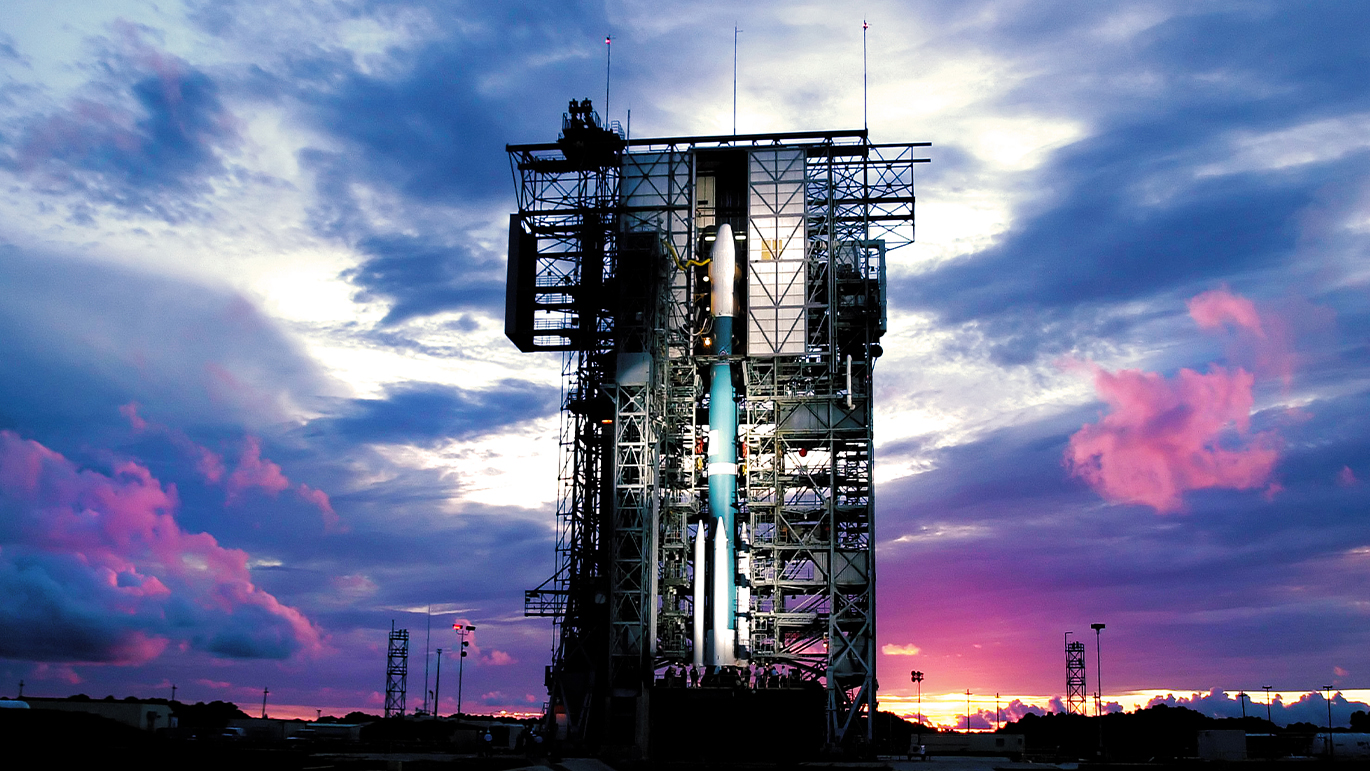Forget the big landmines like staffing and training — the hazards most likely to trip you up now are the surprising, subtle, and seductive ones.
It’s safe to say that Advanced Work Packaging has gone mainstream, now that NASA is using it to put people on the moon. It’s true: The space agency has taken a page out of the petrochemical construction playbook and is using AWP to build the launch platform that will send Artemis flights to space carrying cargo and astronauts. Michael Costas from Bechtel’s nuclear, security and defense global business unit recently told the Engineering News-Record that modularization and AWP were cutting design and construction time and that the project was “right on plan.”
“We’ve considered what it would take to master plan a community on the moon,” Costas told ENR. “We recently bid some work with academia around how we help NASA plan for those missions: How do you develop the capabilities to do construction work on another planet?” Turns out AWP might be part of the solution for NASA, and it certainly should be for those of us building here on earth.
Suffice it to say that Advanced Work Packaging has come into its own, and we certainly know a lot more about how to make construction-driven planning work for projects of all sizes. Most major organizations have implemented AWP on at least one project, and the more obvious issues — like insufficient resourcing and inadequate training — are now well-known barriers to success. Many of the myths surrounding AWP have been debunked, and most organizations acknowledge the need for formal change management when implementing AWP, even if they don’t do it.
As AWP matures, the pitfalls become less obvious — but no less insidious. In this article, I’ll walk through five of the biggest challenges that organizations need to watch for today.
1 | Mindset, mindset, mindset
Advanced Work Packaging is not a tool in your construction management tool box, it is a fundamental paradigm shift. I can’t say this enough: the goal is to move your team from an engineering-driven mindset to a construction-driven mindset. An organization that has fully implemented AWP is an organization in which everything — including engineering — is orchestrated in support of the construction strategy and sequence. Like Stephen Covey’s iconic “green and clean” analogy, everyone on your team needs to agree that the goal is construction-driven execution. When everybody agrees on the goal and starts rowing in the same direction, that’s when you’ll see results.
2 | Your Reach Exceeds Your Grasp
A decade ago, we saw well-resourced multinational firms refusing to allocate adequate resources to AWP. This is still an issue, but today we have a different issue: We are seeing smaller, more nimble companies looking to to go all-in, but they simply don’t have the resources. If this sounds like your company, you need to scale back your AWP implementation ambitions. Most organizations are understaffed, and even those with resources to hire face a dearth of candidates with the requisite training. Start where you are and structure your implementation intelligently, in phases. Start with an AWP Readiness Assessment, put together a blueprint, identify someone internally and train them to become an AWP Champion and Workface Planner. Take a layered approach and implement AWP across your organization in a scoped, staged process. One step at a time.
3 | Technology Troubles
These days, technology causes problems in one of two ways. Sometimes, leaders try to implement Advanced Work Packaging without the right technology, leaving teams to jerry-rig old systems to meet radically different demands, undermining efficiency and morale. Other times, they’re seduced into thinking that once they buy new “AWP technology,” the job will be done. In this case, however, teams are left struggling to adapt to new technology without any understanding of the systems and processes that the technology is designed to support. Either way is a recipe for failure. Every company will have unique technology needs when implementing AWP, the key is to scope the project properly, select and implement with care.
4 | Leadership Turnover
Inconsistent leadership can have a devastating impact on AWP implementation over the long term. We’ve seen months and even years of work go down the drain when the person or people who are sponsoring AWP move on before the transition is complete. Leadership turnover is a well-known challenge in change management circles, but the impact often comes as a big surprise to capital project organizations. If your leadership is changing every year or two, now is not the time to implement AWP.
5 | Lack of Expertise
There simply aren’t enough experienced AWP practitioners, Champions and Workface planners in the labor market today. The Concord® Academy has trained and certified thousands of professionals, and we’ve barely made a dent. On a very practical level, the industry is just not ready for AWP in terms of the availability of good AWP experts. The solution is to train your team and address structural issues in your organization that make it risky for top talent to invest in an AWP-focused career trajectory. Over time, this issue will resolve itself, but in the short term companies will need to do whatever it takes to keep skilled, experienced AWP leaders on board.
Conclusion
As AWP matures, companies are facing different challenges than they did even two or three years ago. As our understanding of construction-driven project management grows, we are able to identify issues and refine processes at an increasingly granular level. We’re a long way from perfect, but now that heavy-hitters like NASA are using AWP, it’s clear that this approach is here to stay and we can expect increased support from all corners. If you’re ready to take the next step in your own AWP implementation, the Concord® team is standing by to help. Contact us today!


